The first replica form is now available for the 250cc 4-cylinder!
In 1983, Suzuki released the GS250FW, the world's first 250cc class 4-stroke with a water-cooled DOHC 4-cylinder engine, and in 1985 Yamaha released the FZ250 Feather, the first with 4 valves per cylinder and 45 horsepower.
Honda's 1982 water-cooled DOHC 4-valve 90° V-twin VT250F was a huge hit, but in 1986 they released the CBR250F (MC14), a water-cooled DOHC 4-cylinder with a camshaft gear train that was touted as a mechanism exclusive to GP machines, and they followed suit with a 4-cylinder model, one step behind their rivals.
However, in 1987 they changed the model to the CBR250R (MC17), with the aerodynamic shape common to the 4-cylinder CBR series, but they were inspired by their rivals' success in adopting racer replica shapes, and the following year in 1988 they fully changed the model to the CBR250R (MC19).
Unlike other manufacturers, the two DOHC camshafts are driven by gears rather than the usual chain. Unlike a chain, there is no play, which allows for precise valve drive without timing errors even at ultra-high revolutions of up to 20,000 rpm.
It's a mechanism suited to a precision engine with a tiny bore diameter of 48.5mm, just the size of an OK sign made with your thumb and index finger, and an ultra-short stroke of 33.8mm.
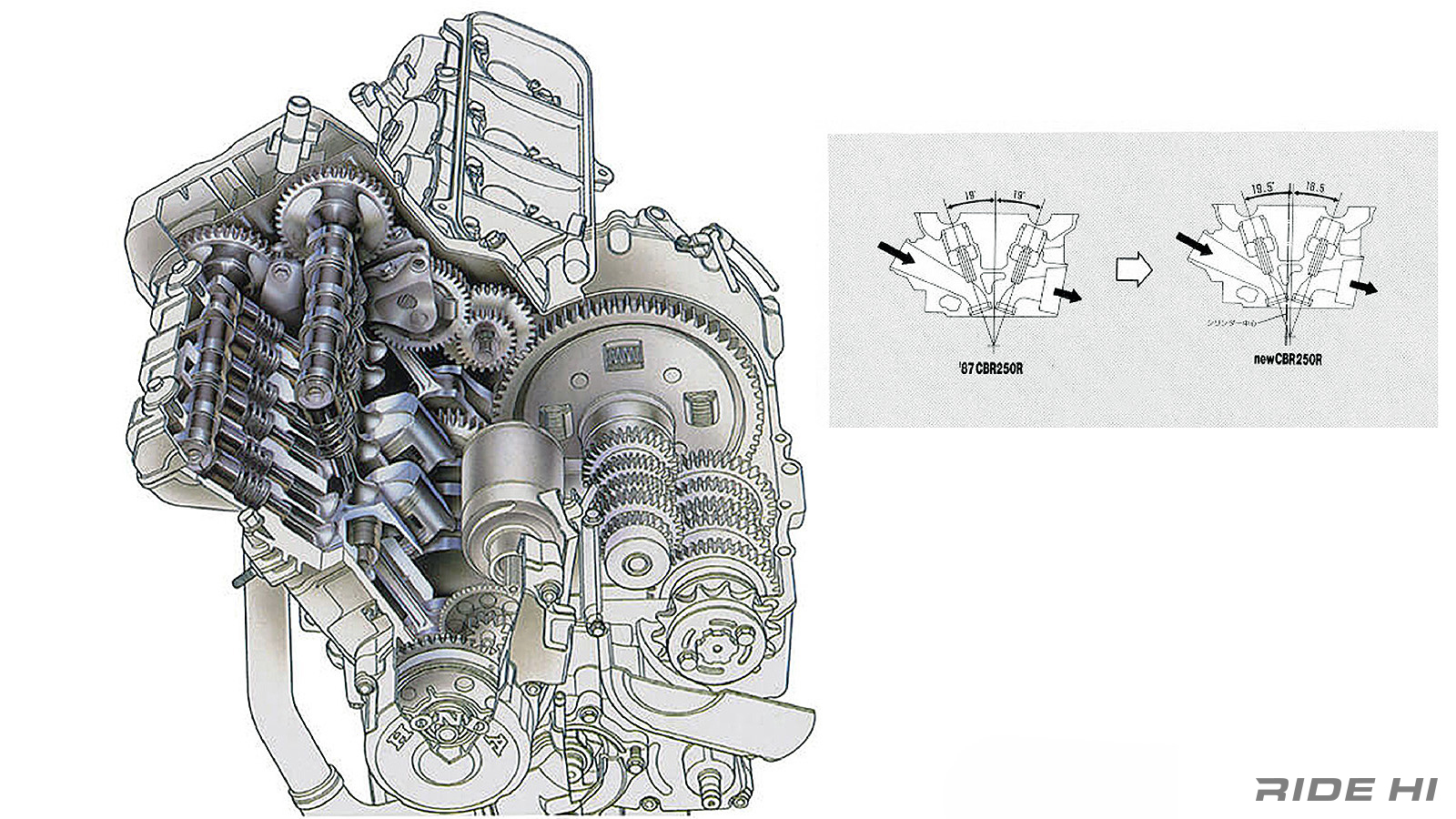
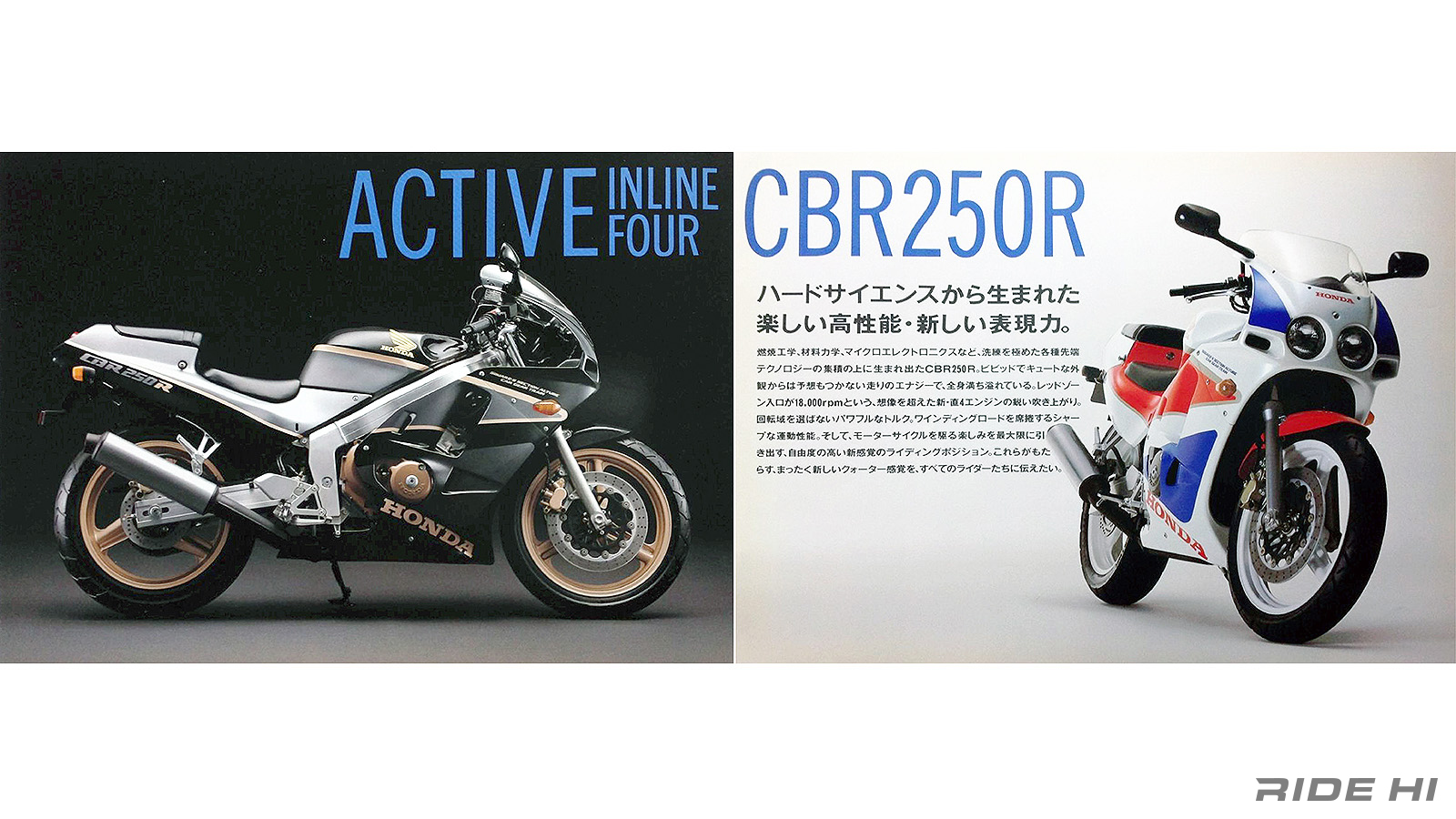
The replica form of the CBR250R has been modified to the same level as a racing engine, with the DOHC valve center slightly offset toward the exhaust side, giving the effect of sending the intake air that hits the edge of the cylinder more effectively into the combustion chamber.
In addition, the large-capacity 6-liter air cleaner is equipped with an upward-facing intake sound duct, making the intake sound easier for the rider to hear, appealing to fans who are crazy about Honda's 4-cylinder engines.
The frame is also tuned to be more rigid and better fit for the rider, following the example of the latest CBR400R, with the cross section of the aluminum twin tubes being a pentagon with an eye-shaped rib on the inside, a special tune for riding.
It's the perfect specification to take on rival 4-cylinder replicas.
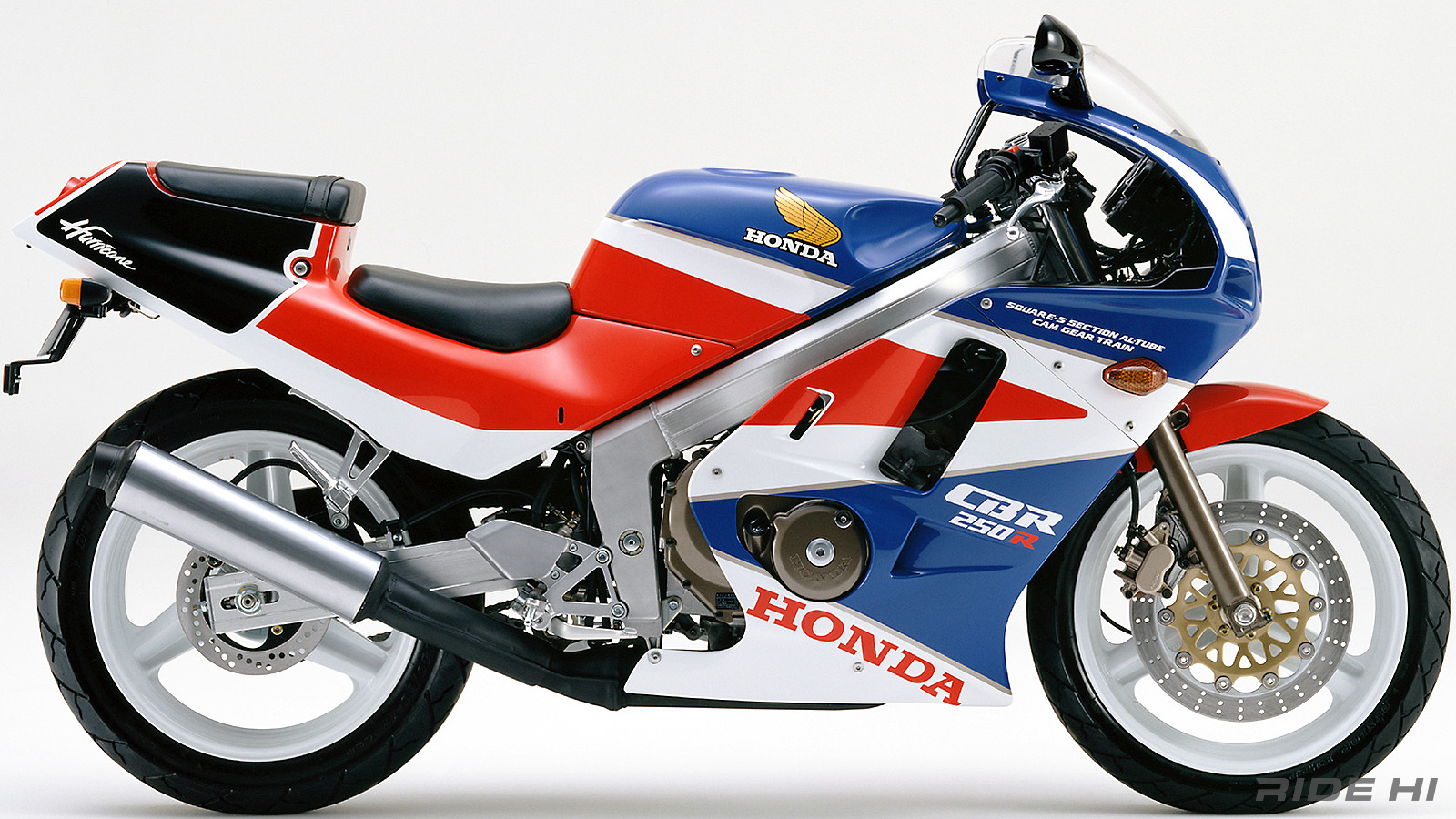
The Hurricane logo will disappear and the design will continue the following year with only a change in color scheme!
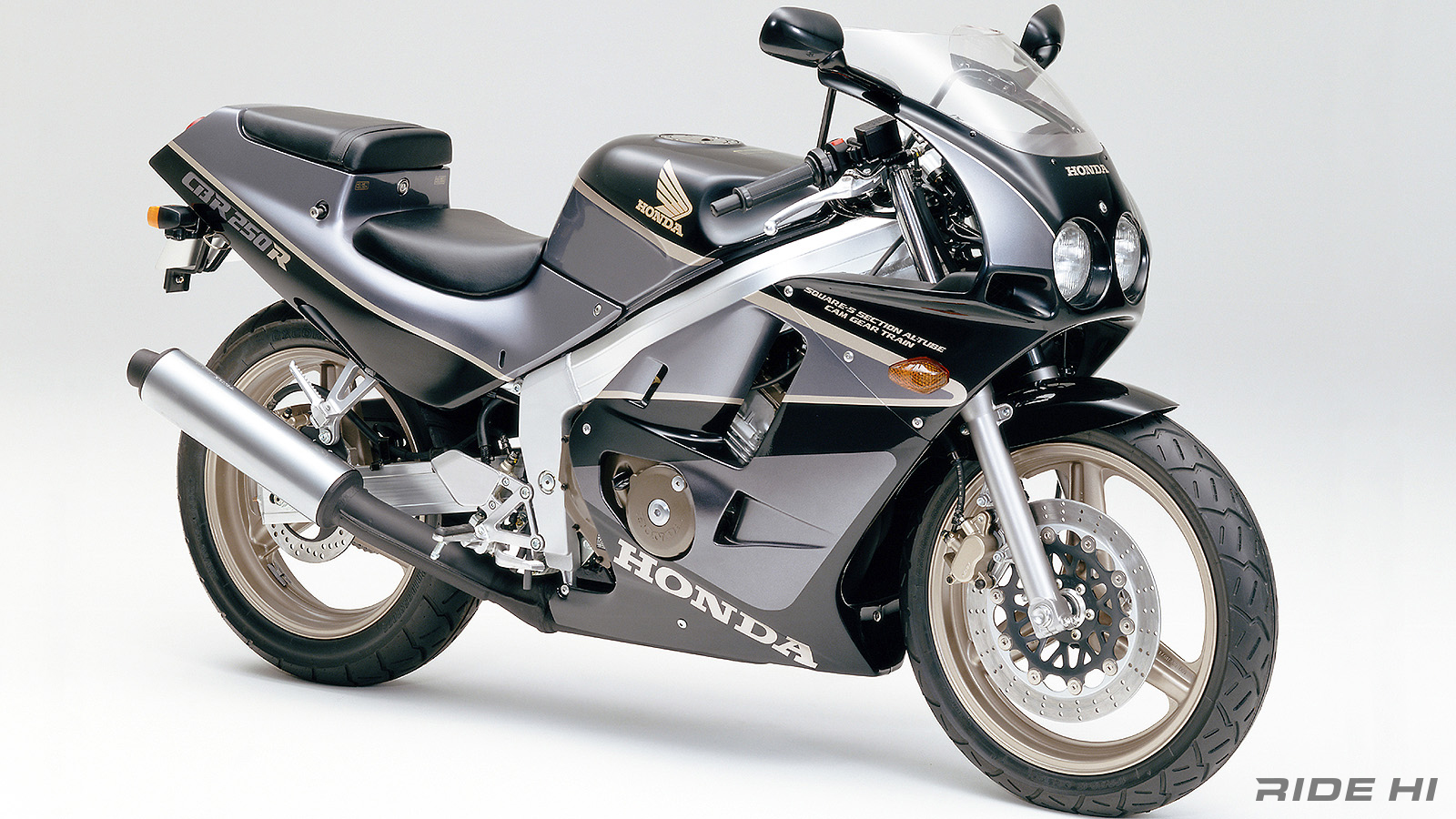
With a redline of 18,000 rpm and an ultra-high 45 PS/15,000 rpm performance, the motorcycle makes full use of Honda's more abundant multi-cylinder technology than any other model, and is not simply aimed at hyper specs, but is instead tuned using know-how that prioritizes ease of riding.
Perhaps thanks to this, the CBR250R has become popular on the streets, and even newer riders are increasingly seeking out the Honda 4-cylinder sound.
What particularly surprised Honda was how popular it was with women. In particular, the tough image of the black paintwork appealed to female fans who choose sports motorcycles.
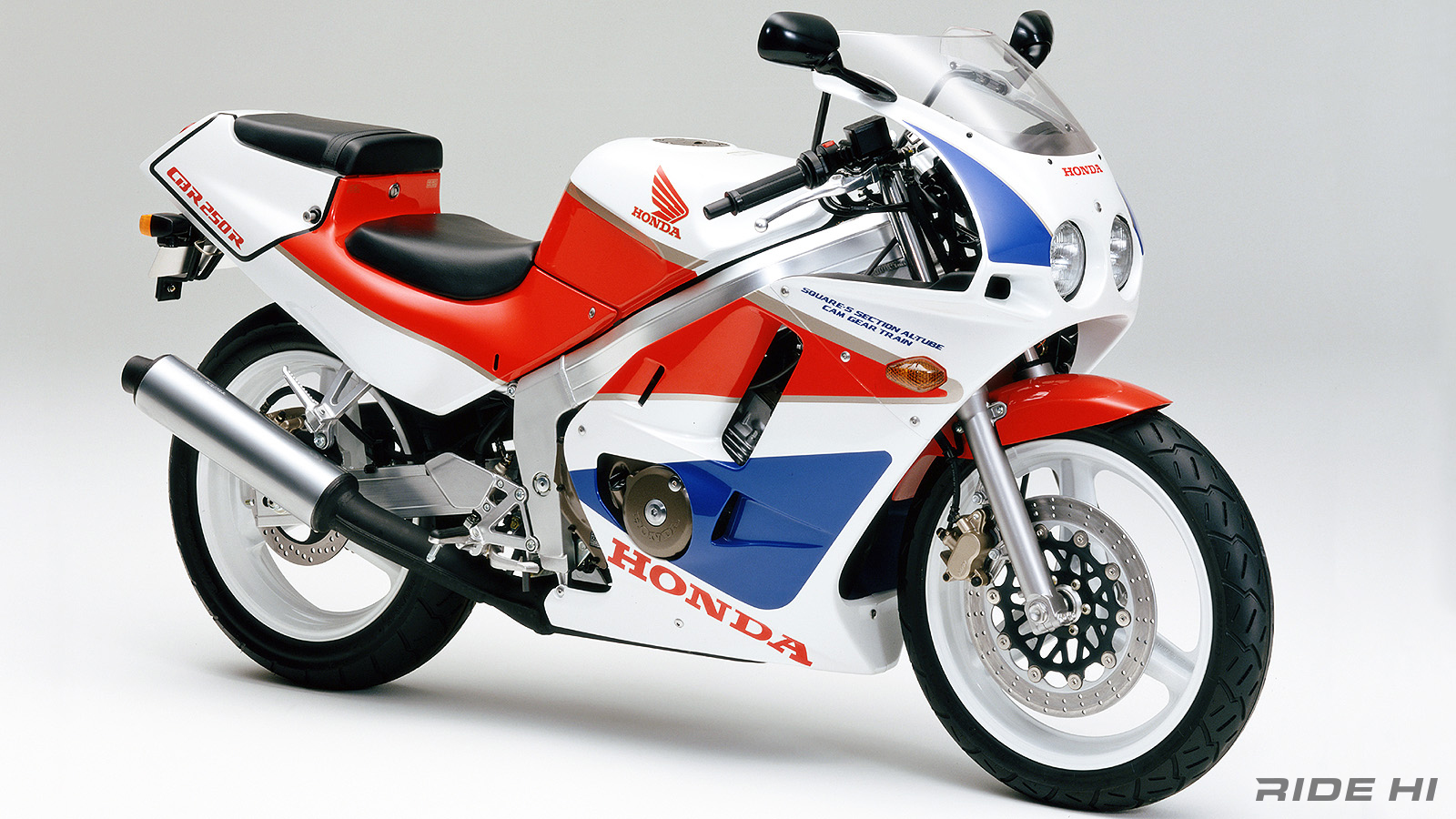
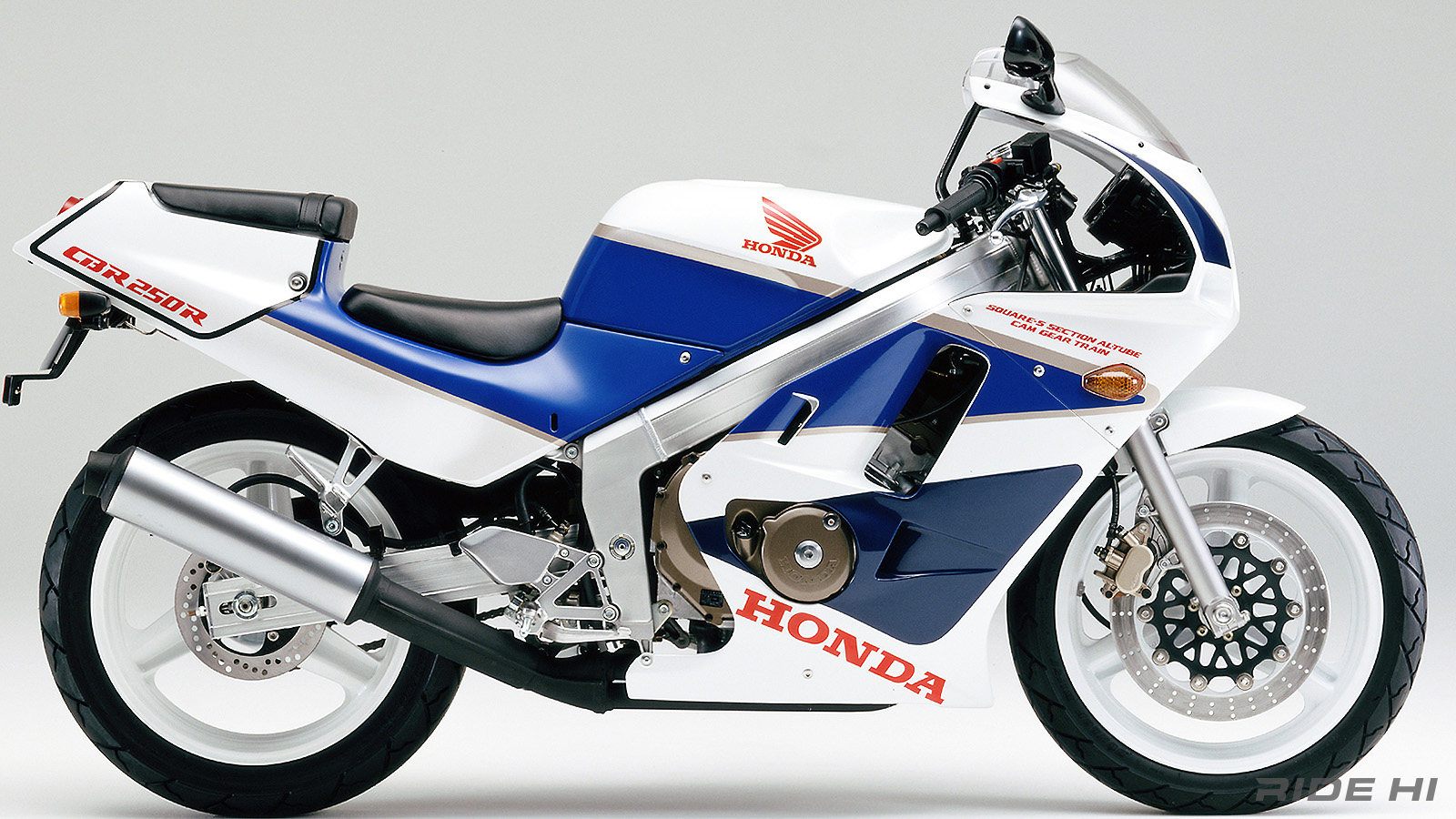
The CBR250R continued to be sold with only a color change the following year, 1989 (the Hurricane logo carried over from the MC17 was gone), but its rivals were eager to compete with the CBR's popularity with even more extreme specifications.
To combat this, the front brake was deliberately changed from a large-diameter single disc to a double disc to match its rivals, aiming for better road grip and a natural handling feel, and the CBR250R was destined to evolve into a grade with the suffix RR added.
However, the fact that this 1988-1989 model continued to be loved by many riders as the specification that was most suited to user convenience undoubtedly makes it one of history's unforgettable milestones.
See HONDA CBR250R (2011-) Moto Index Page
Information Source. [ RIDE HI ]



